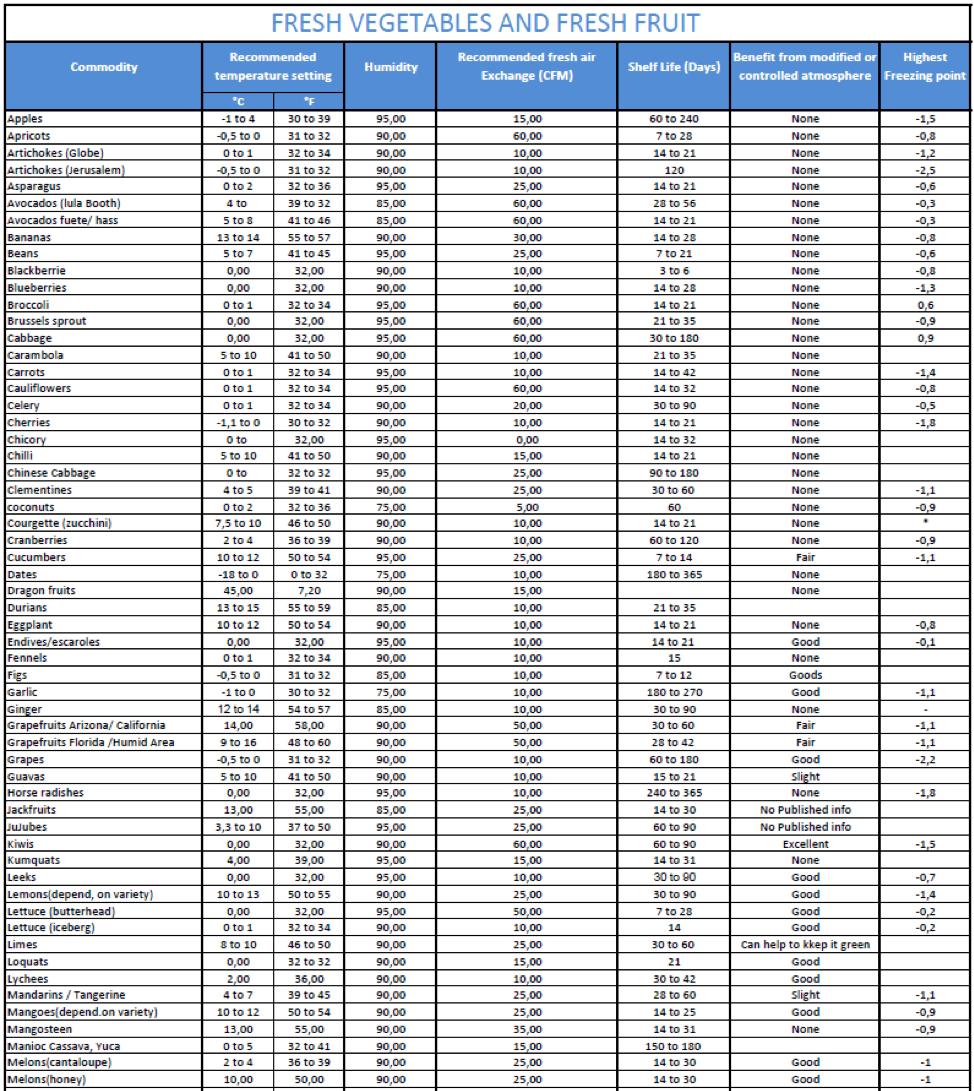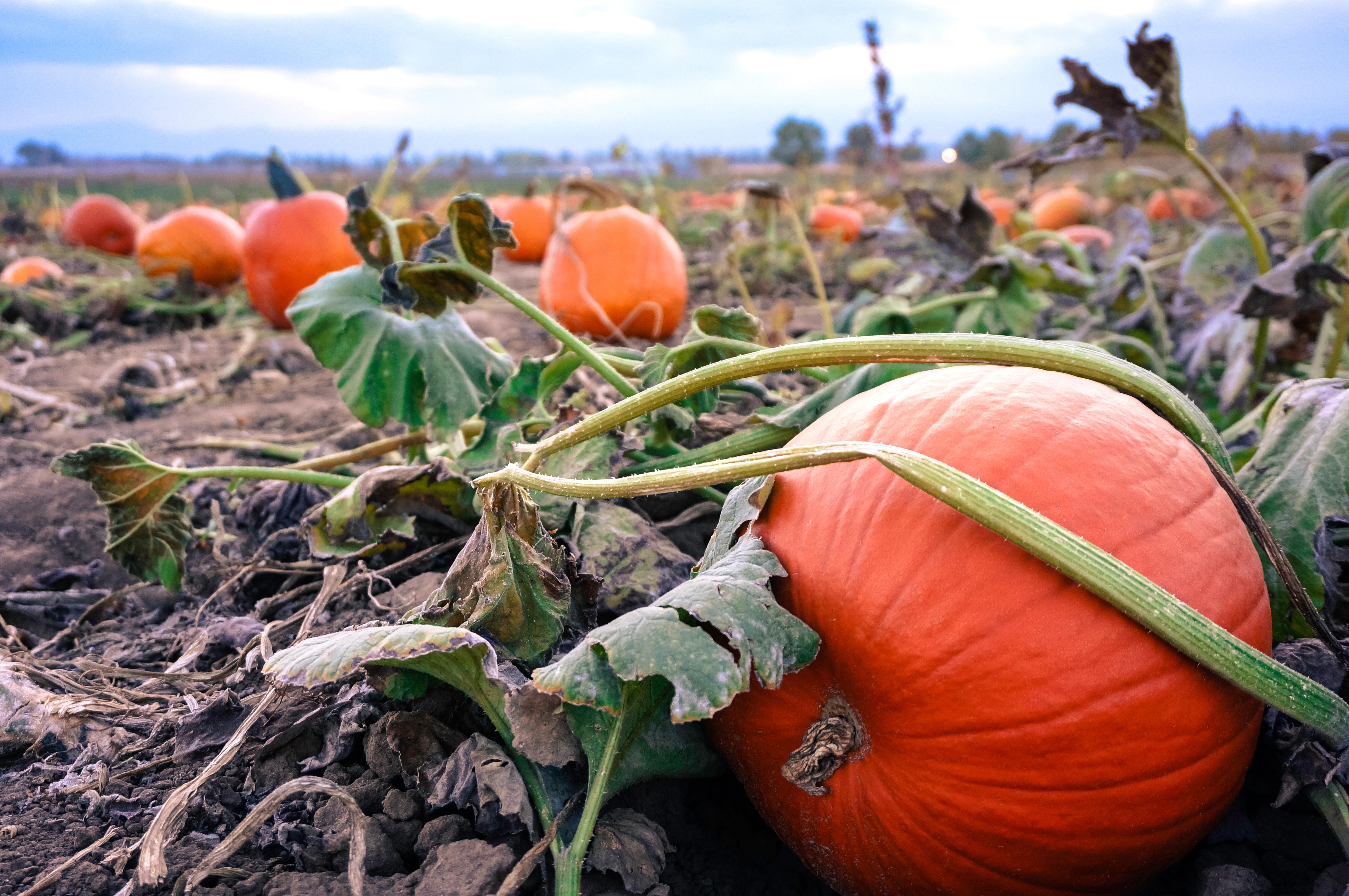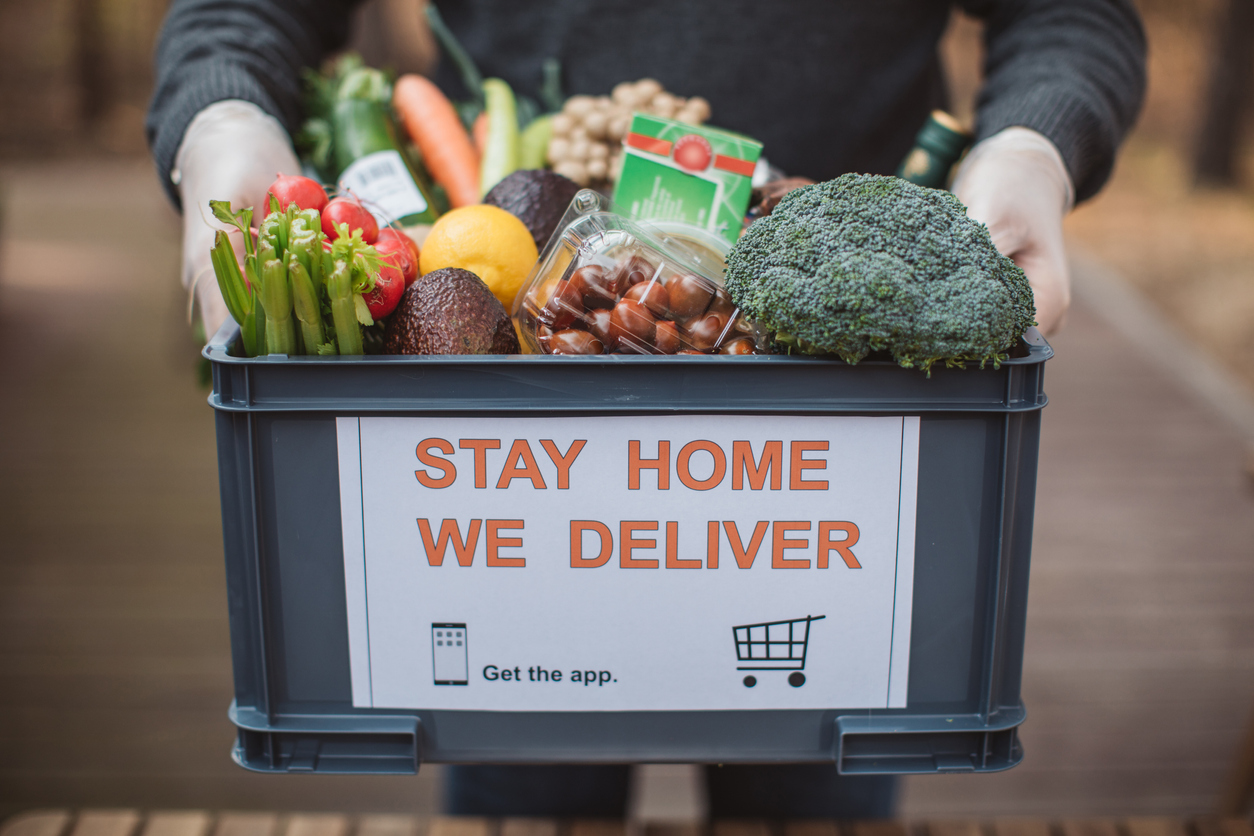
Department of Agriculture, and local governments. Virginia Cooperative Extension is a partnership of Virginia Tech, Virginia State University, the U.S. Department of Agriculture, National Institute of Food and Agriculture (USDA/NIFA). Department of Agriculture Food and Nutrition Service and the Expanded Food and Nutrition Education Program (EFNEP) is funded by the U.S. (Not all prohibited bases apply to all programs.) This material was partially funded by USDA’s Supplemental Nutrition Assistance Program – SNAP – and the Expanded Food and Nutrition Education Program (EFNEP). Department of Agriculture (USDA) civil rights regulations and policies, this institution is prohibited from discriminating on the basis of race, color, national origin, sex, age, disability, and reprisal or retaliation for prior civil rights activity.

This institution is an equal opportunity provider.

Tags: #BetterPantry, better pantry, cross-contamination, perishable food, prevent food waste, refrigerator storage, storage times
#PERISHABLE GOODS HOW TO#
If you have any questions about how to store specific foods, ask in the comments! This helps you get the most bang for your food buck. Once you master safe storage for perishable foods, you’ll be cutting down on the amount of food that gets wasted in your home.

Here’s a complete list of storage times for different foods. Track Storage TimesĮven after storing perishable food in the right zone in the fridge, they will only last so long before they start to lose freshness and become unsafe to eat. Keep ready to eat foods above raw meat, store fruits and veggies in the crisper drawers, and keep condiments, not eggs or dairy, in the door.

Even if there’s a spot for them in the door, keep milk and eggs inside the main part of the fridge where the temperatures are cooler and they’ll last longer.Ĭheat sheet for where to store foods in the fridge. This is my biggest pet peeve of refrigerator design!Ĭondiments should go on the door shelves since this is the warmest part of the fridge. It’s a good idea to store raw meats in a bowl or tray to catch any leaks, especially if your veggie and fruit bins are underneath the bottom shelf. Keep the fridge clean and evenly space the contents so air can move around easily.Īrrange your fridge so that ready to eat foods are at the top, and foods that might cross-contaminate other items (raw meat, poultry, or seafood) are at the bottom. Use a refrigerator thermometer to check the temperature of your fridge. (There are some fruits and veggies that should be stored at room temperature instead.) The temperature of your fridge should be between 32☏ – 40☏. Most perishable foods need to be stored in the refrigerator. Let’s talk about how to store perishable foods so they have the longest shelf life, stay safe to eat, and limits food waste. Food is a large part of a family’s budget, so wasted food is wasted money. We tend to waste perishable foods because they go bad before we eat them. Fruits, vegetables, dairy products, eggs, meat, poultry, and seafood are perishable foods. Perishable foods are foods that spoil quickly and need to be stored properly to stay fresh and keep germs from multiplying.


 0 kommentar(er)
0 kommentar(er)
